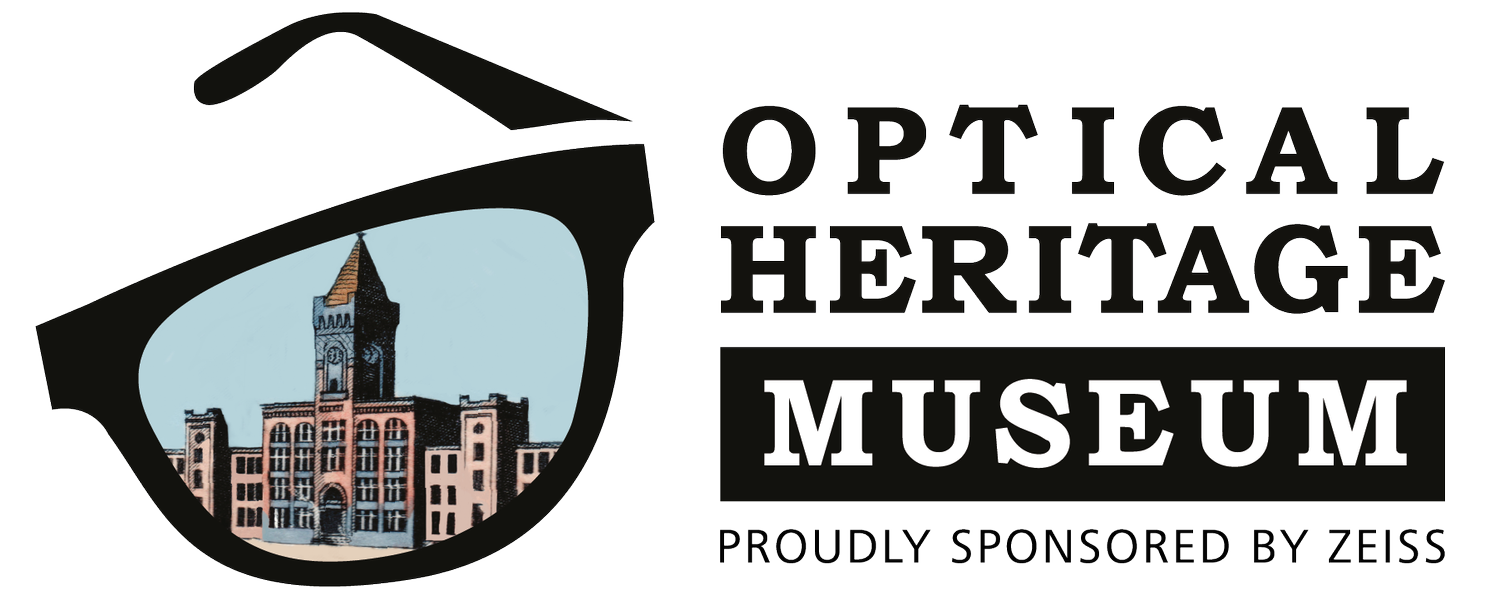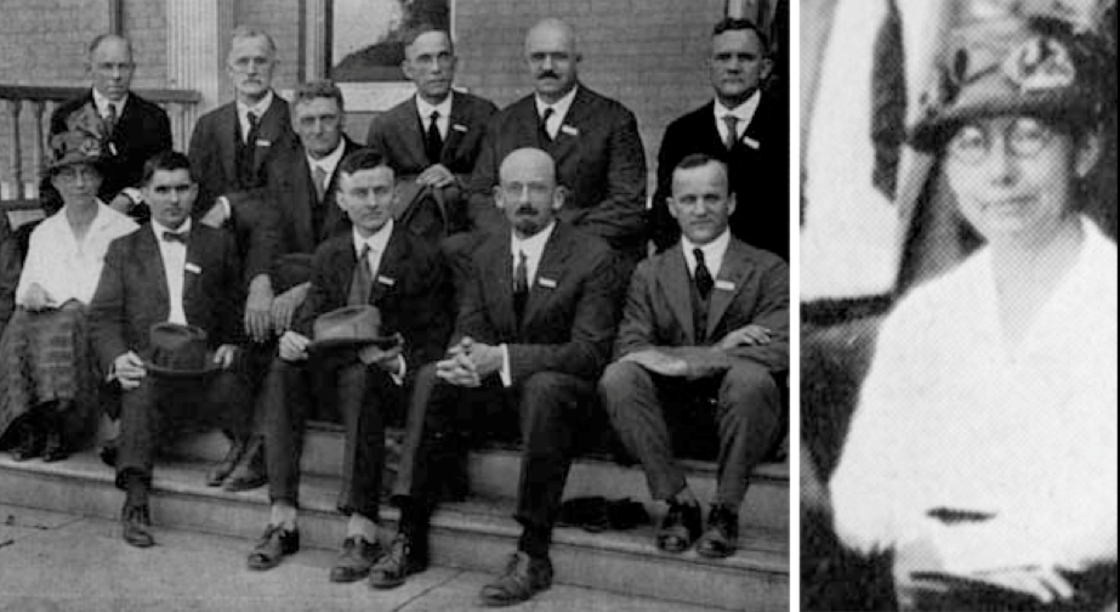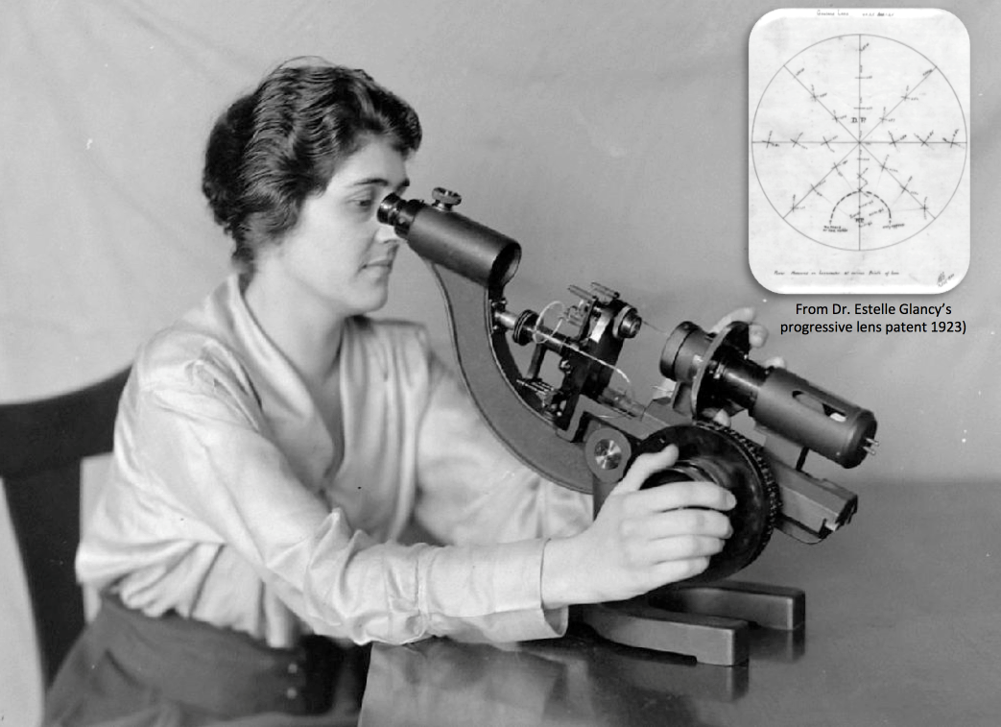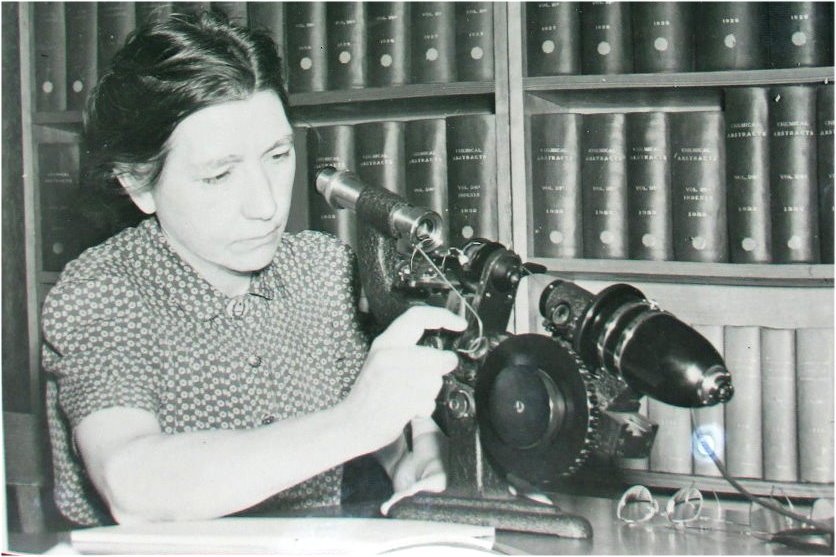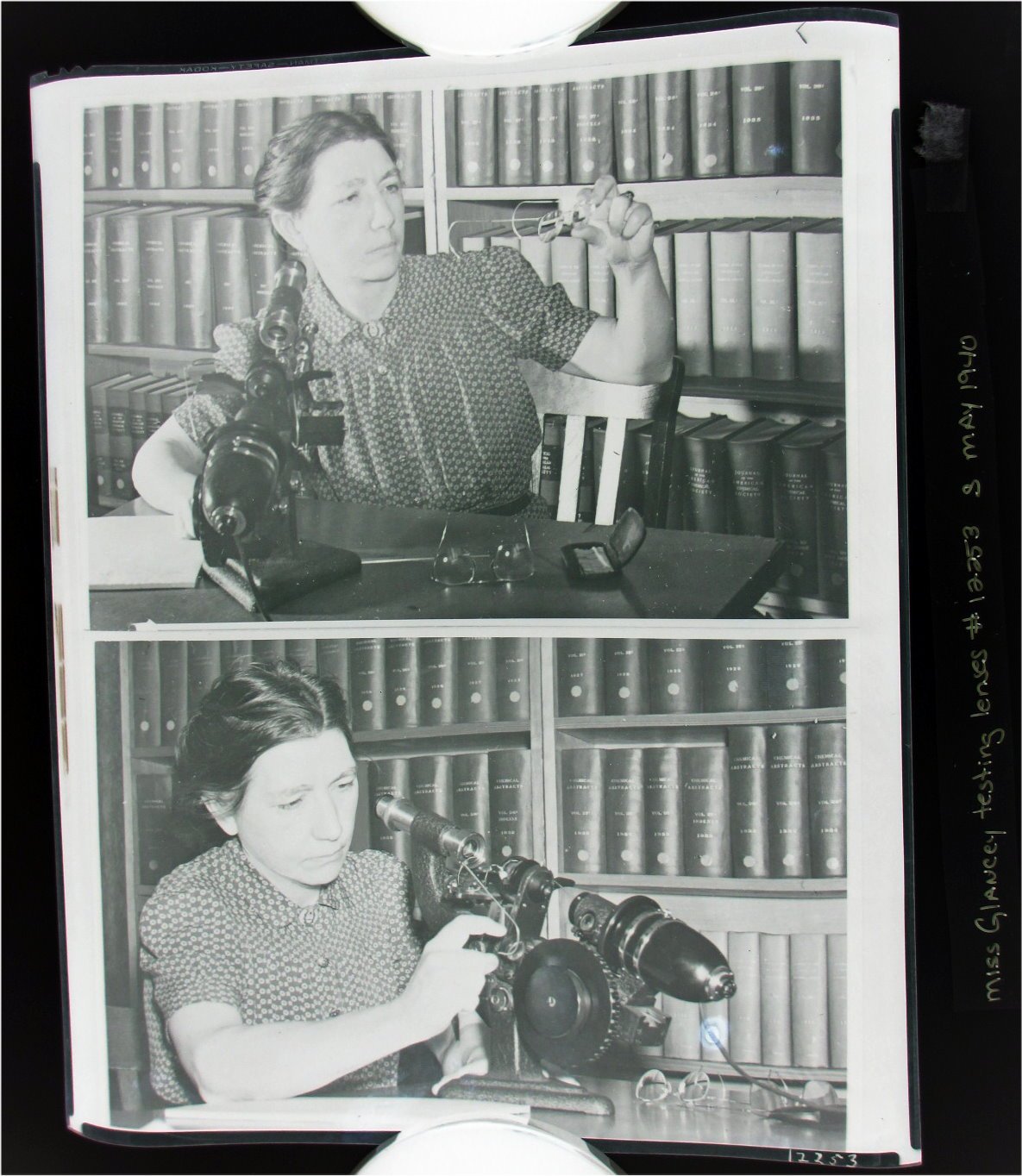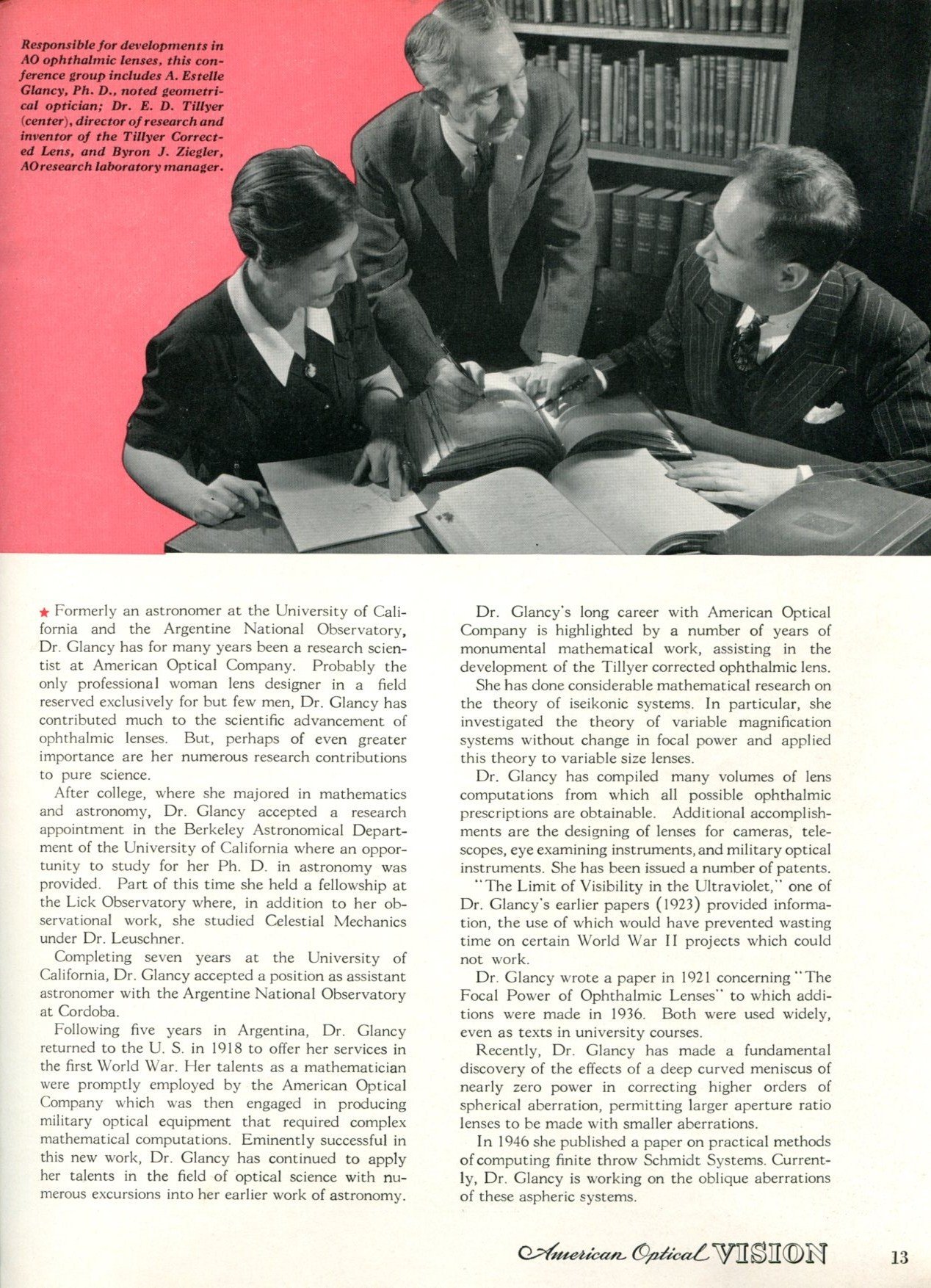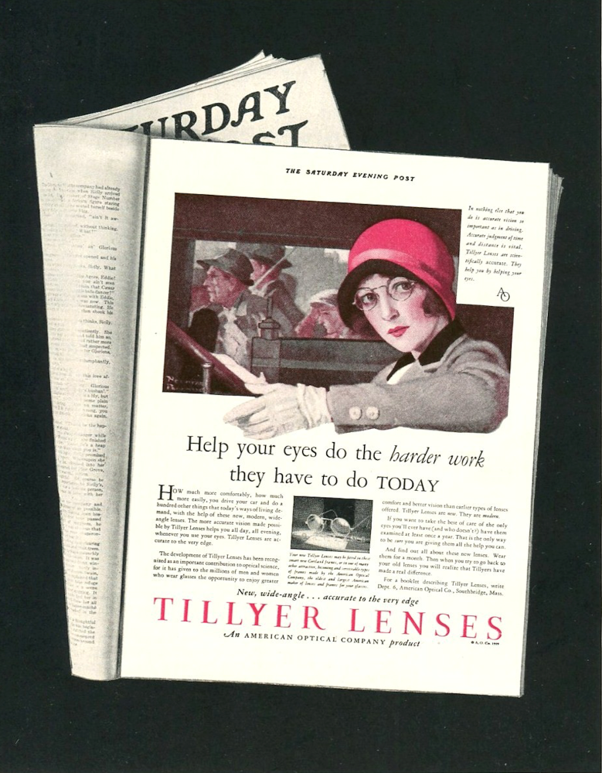
DR GLANCY
An extract from 1947
DR GLANCY
AO Vision Magazine - 1947
Formerly an astronomer at the University of California and the Argentine National Observatory, Dr. Glancy has for many years been a research scientist at American Optical Company. Probably the only professional woman lens designer in a field reserved exclusively for but few men, Dr. Glancy has contributed much to the scientific advancement of ophthalmic lenses. But, perhaps of even greater importance are her numerous research contributions to pure science.
After college, where she majored in mathematics and astronomy, Dr. Glancy accepted a research appointment in the Berkeley Astronomical Department of the University of California where an opportunity to study for her Ph. D. in astronomy was provided, Part of this time she held a fellowship at the Lick Observatory where, in addition to her observational work, she studied Celestial Mechanics under Dr. Leuschner.
Completing seven years at the University of California, Dr, Glancy accepted a position as assistant astronomer with the Argentine National Observatory at Cordoba. Following five years in Argentina, Dr. Glancy returned to the U. S. in 1918 to offer her services in the first World War. Her talents as a mathematician were promptly employed by the American Optical Company which was then engaged in producing military optical equipment that required complex mathematical computations.
Eminently successful in this new work, Dr, Glancy has continued to apply her talents in the field of optical science with numerous excursions into her earlier work of astronomy, Dr. Glancy's long career with American Optical Company is highlighted by a number of years of monumental mathematical work, assisting in the development of the Tillyer corrected ophthalmic lens.
She has done considerable mathematical research on the theory of iseikonic systems. In particular, she investigated the theory of variable magnification systems without change in focal power and applied this theory to variable size lenses.
Dr. Glancy has compiled many volumes of lens computations from which all possible ophthalmic prescriptions are obtainable. Additional accomplishments are the designing of lenses for cameras, telescopes, eye examining instruments, and military optical instruments. She has been issued a number of patents. The Limit of Visibility in the Ultraviolet, one of Dr. Glancy's earlier papers (1923) provided information, the use of which would have prevented wasting time on certain World War I projects which could not work.
Dr. Glancy wrote a paper in 1921 concerning * The Focal Power of Ophthalmic Lenses" to which additions were made in 1936. Both were used widely, even as texts in university courses.
Recently, Dr. Glancy has made a fundamental discovery of the effects of a deep curved meniscus ofnearly zero power in correcting higher orders of spherical aberration, permitting larger aperture ratio lenses to be made with smaller aberrations.
In 1946 she published a paper on practical methods of computing finite throw Schmidt Systems. Currently, Dr. Glancy is working on the oblique aberrations of these aspheric systems.
You might also like…
Dr. Edgar Tillyer
An extract taken from 1940’s AO Vision magazine
The First Lady of Optics
The Estelle Glancy Story
